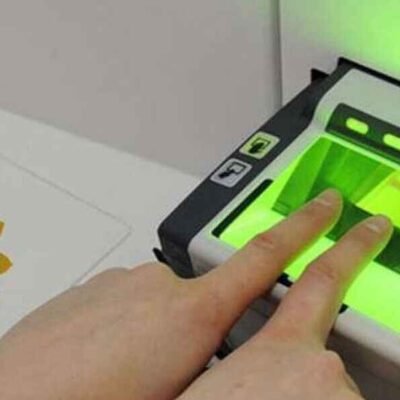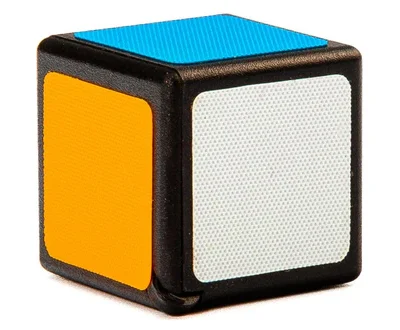In the rapidly evolving world of transportation, new advancements are constantly challenging the status quo. One such innovation that has been gaining momentum is the advent of full hybrid buses. With their ability to combine the benefits of electrification and traditional fuel sources, these buses are poised to reshape the landscape of passenger transportation. In this article, we will delve into the intricacies of full hybrid buses, exploring their features, benefits, and how they compare to other fuel alternatives.
What is a Full Hybrid Bus?
A full hybrid bus harnesses the power of both electricity and conventional fuels, allowing for a seamless transition between the two. By integrating advanced technologies, these buses can overcome operational barriers and offer enhanced connectivity and geofencing capabilities. The future of passenger transport is undoubtedly electric, and full hybrid buses serve as a crucial stepping stone in this transition.
Benefits of Going Full Hybrid
- Productivity and Convenience: Full hybrids leverage mature technology to maximize the advantages of electrification, resulting in improved productivity and convenience. These buses utilize recovered kinetic energy to operate in electric mode, reducing the need for extensive charging infrastructure.
- Increased Efficiency: Contrary to common misconceptions, full hybrid buses are not intended to replace electric vehicles but rather enhance their efficiency. By integrating hybrid models into existing fleets, operators can optimize operational convenience and address environmental constraints simultaneously. However, stay assured; such buses will never be the replacement for diesel buses like Mahindra Cruzio School.
Why Were Full Hybrids Overlooked?
The dominance of fully electric buses temporarily overshadowed the potential of full hybrid buses. However, several factors have paved the way for the resurgence of full hybrids. The pressing concerns of climate change, limited biofuel reserves, and complexities associated with current transportation systems have necessitated the adoption of full hybrid models. In situations where the widespread implementation of electric buses faces obstacles, a mix of hybrid and electric buses can offer an effective solution.
Incomparable to Other Fuel Alternatives
Compared to diesel buses, full hybrid buses exhibit significant advantages in reducing greenhouse gas emissions. They can achieve up to a 25% reduction in greenhouse gases on average and even up to 40% on longer routes, where super energy-saving capabilities are essential.
The CO2 emissions of fully hybrid buses can be reduced by approximately 20 to 50 tonnes annually due to their mileage and diverse operational conditions. By incorporating biofuels like B100, full hybrid buses can achieve an impressive 60% reduction in CO2 emissions compared to traditional diesel buses.
Many people will assume that this new intrusion of hybrid will exploit the traditional fully electric and diesel buses like the Mahindra Cruzio Staff.
In contrast, mild hybrid buses, which have lower levels of electrification, offer only a 5% reduction in greenhouse gases. It is important to note that the percentage of CO2 reduction can vary depending on the carbon intensity of the electricity used in the vehicle.
Distinguishing Mild Hybrid Buses from Full Hybrid Buses
Mild hybrid buses, in contrast to full hybrid buses, have a less powerful electric machine (EM) and are primarily diesel-driven. The EM in full hybrid buses serves as both an electric motor and an electric generator, enabling the bus to operate in pure electric mode and recover energy from braking. On the other hand, mild hybrid buses feature a low-voltage battery and an electric machine below 15 kW, which powers only the electric components of the vehicle. While mild hybrids are less costly than their full hybrid counterparts, they offer limited energy recovery capabilities and cannot operate in electric mode. Both technologies have their unique approaches to improving operational efficiency and environmental control.
Special Connectivity & Geofencing: Enhancing Electric Performance
Full hybrid buses excel in energy regeneration, utilizing the energy generated during a route and immediately applying it to enhance efficiency in electric or hybrid mode. With pre-planned routes, drivers can optimize their driving performance, maximizing the benefits of the hybrid system.
This instant decision-making process provides the hybrid system with a predictive approach, allowing it to anticipate the vehicle’s route and optimize performance accordingly.
Conclusion
In conclusion, full hybrid buses represent a significant step forward in the evolution of transportation. While their emergence does not aim to replace electric buses or traditional diesel models, they offer a vital alternative fuel solution within the existing transportation system. As we move towards a more sustainable future, full hybrid buses provide a bridge between electrification and conventional fuels, offering enhanced efficiency, reduced emissions, and improved operational convenience.
In the coming years, we can anticipate the widespread acceptance and adoption of full hybrid buses as an integral part of passenger transportation. With their ability to overcome operational barriers, provide enhanced connectivity, and contribute to environmental sustainability, these buses are poised to shape the future of the commercial transportation industry.
As we embrace this breakthrough, we must acknowledge the importance of sustainable fuel alternatives and their role in curbing emissions, reducing noise pollution, and creating a more harmonious urban environment. The journey towards a greener and more efficient transportation system begins with innovations like full hybrid buses, and it is our collective responsibility to embrace and support these advancements.
The future of passenger transportation is within our grasp, and full hybrid buses are leading the way toward a more sustainable and interconnected world. Let us embrace this transformation and work together to create a future where transportation is not only efficient but also environmentally friendly.




